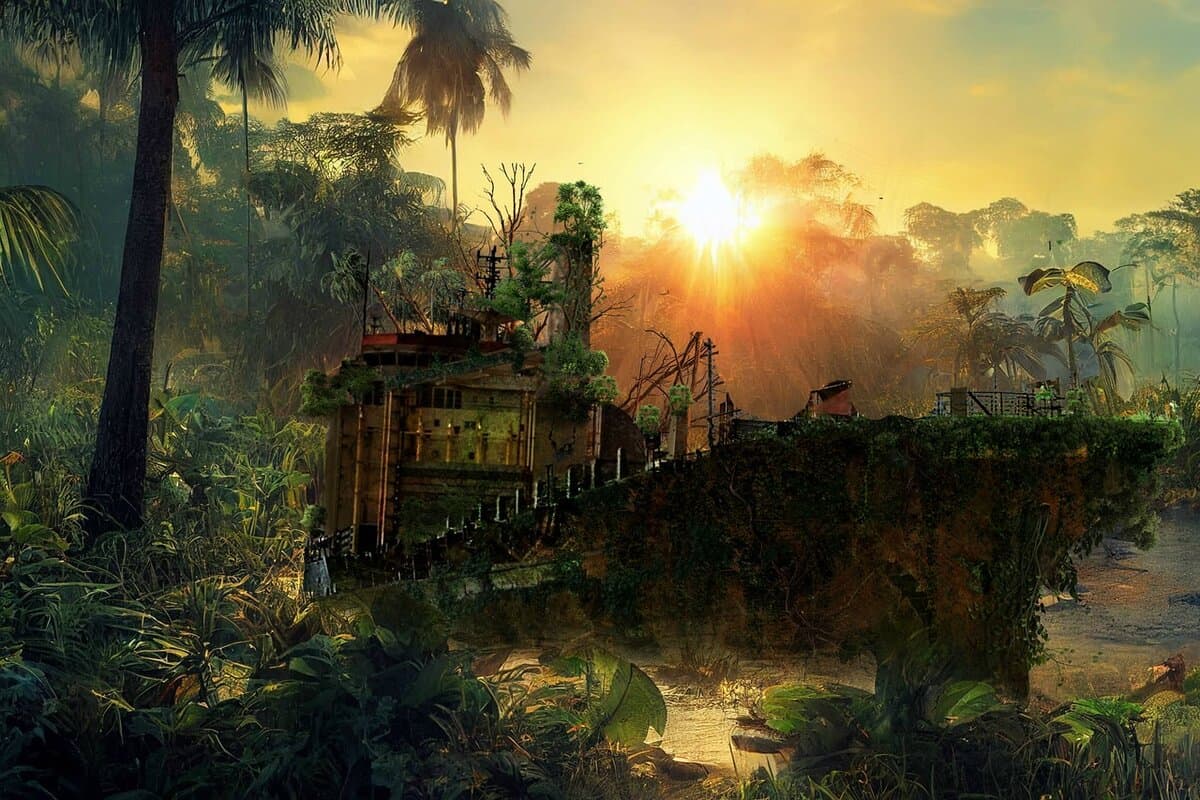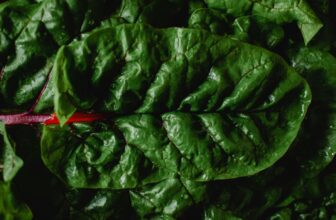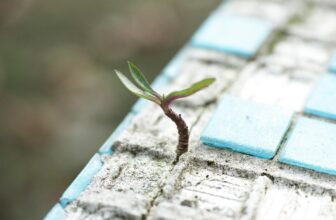
We have already written about survival in the desert, snowy areas, and the forest. Today, we want to tell you a little bit about survival in the jungle. This will be an introductory article about jungle crossing.
Jungle crossing
Different people have been living in the jungle for thousands of years; they know everything and have adapted to survive there. However, when an ordinary person gets into the jungle, they will have a hard time. After all, he will be surrounded by numerous insects as well as various predators and poisonous snakes. Any open area of the body will be attractive to land leeches, which are very numerous in the jungle, especially in the rainy season.
If you find yourself in the jungle, immediately try to get dressed and cover any exposed areas of your body as much as possible. Tuck your pants into socks or boots, and tuck your shirt into your pants as well. In addition to insects and leeches, there are a lot of plants with thorns and sharp edges. Before stepping on something, you should look carefully at what is there. Clothes will protect you from bites and abrasions. You will have a hard time walking because of the heat and high humidity, and your clothes will be soaked with sweat. Remember, still don’t take it off, it is better to go in wet clothes. You should dry your clothes at a campfire or in the sun; otherwise, they will not dry due to high humidity.
You may find yourself in the primary jungle (this is a jungle with very tall trees over 30 meters, with dense vegetation only at the top). These trees block the light from the sun, so almost nothing grows from below, and visibility is a couple of dozen meters ahead. It’s very stuffy and humid.
In the secondary jungle, there are fewer such tall trees, and sunlight comes in from below. This, in turn, provokes dense vegetation. You have to be especially careful here, as many plants have needles and sharp surfaces. For example, the sharp edge of a broken bamboo can cause serious injury.
Breaks and overnight stays
When moving, take a small break for five or ten minutes every hour of your journey. After 4-5 hours, you have to take a big break for a couple of hours. This will allow you to rest and gain strength. During the break, eat and drink tea.
It’s better to set up a shelter in the uplands, as it is windier and there are fewer annoying insects. Even more, there you can signal a distress call, and you will be noticed easily (down below, the smoke is likely to disperse among the leaves of the trees). If there are no upland areas, choose an open area, preferably not near a swamp.
Do not build a shelter on the ground for the night. It is best to make a hammock from a tent or other material and position yourself at a height between branches. As an alternative, you can build a shelter out of bamboo on the same tree branches. This will protect you from the large number of animals that come out to hunt at night.
Food and water
In the jungle, there are usually no problems with water and food. Water can be taken from various sources, but with mandatory purification and boiling. In ordinary streams with a fast flow, the water is clean, but by boiling it, you get rid of various microorganisms and can safely drink. In standing water, it is better to dig a hole a meter away from the water and wait. After some time, it will fill with water that will seep through the soil layer. Such water should also be boiled.
The cleanest water is rainwater. You can drink it pretty safely, but still, if you have the opportunity, we advise you to boil it. Concerning foods, we advise you to choose mainly fruits and vegetables, but only those that monkeys eat. The rest are probably poisonous. Also, all fruits and vegetables must be boiled before eating.
Today, we have provided you with a publication about jungle survival. Stay tuned for our new articles on this topic. Stay prepared and safe!




